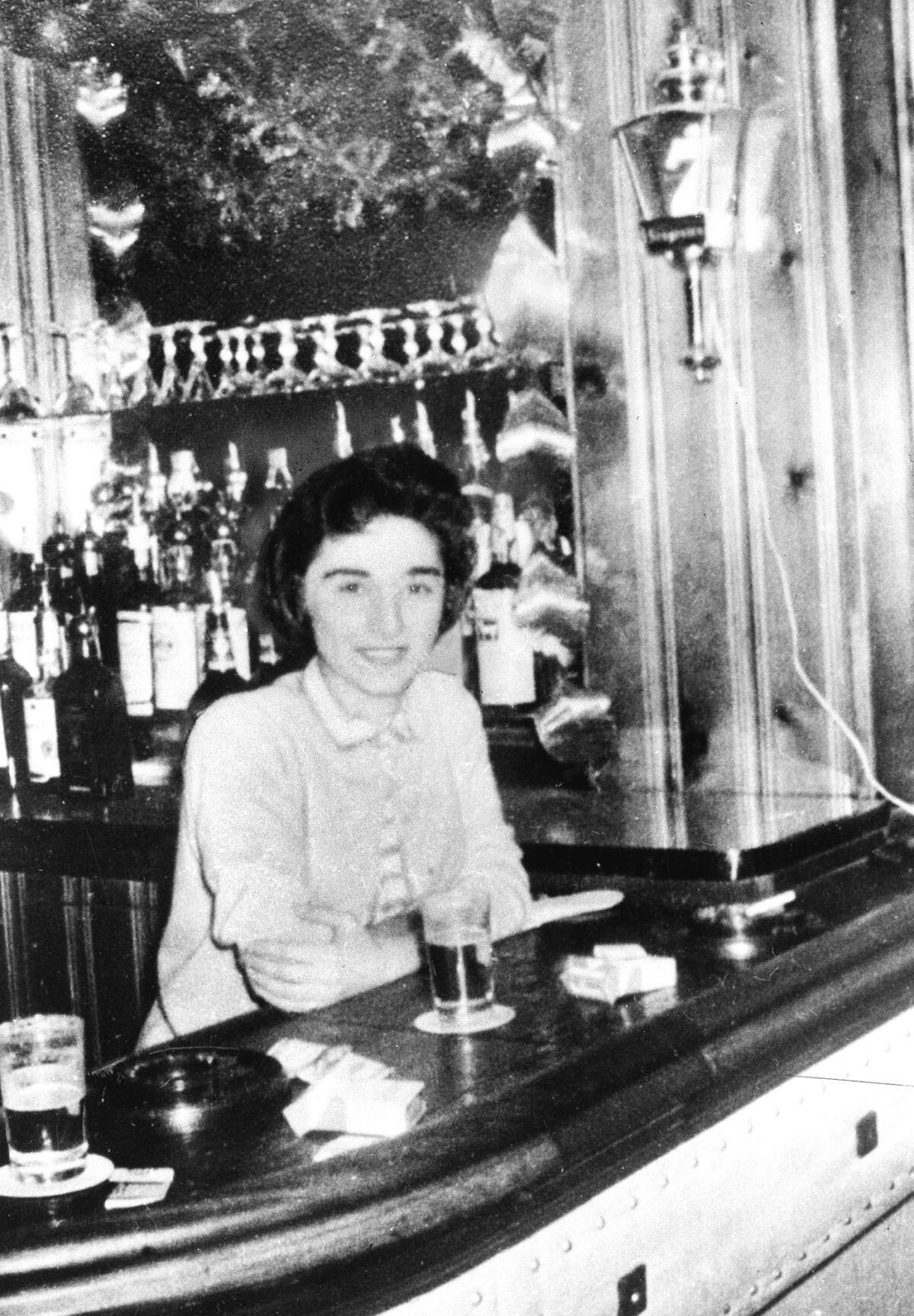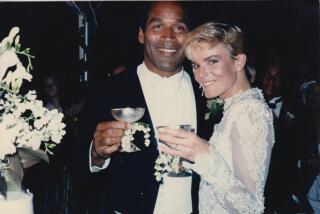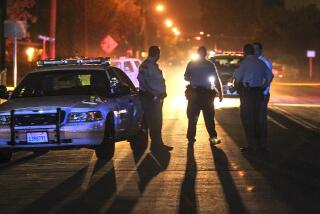Column: The urban legend of Kitty Genovese and the 38 witnesses who ignored her blood-curdling screams

When I was growing up in New York City, everyone knew about Kitty Genovese. We all knew the story of the 28-year-old bar manager who had been robbed, raped and stabbed to death outside her apartment building in Queens in 1964 while 38 people watched or listened to her screams outside their apartments but did nothing to stop the attack.
It was more than just another tabloid murder; it was a morality tale — exhibit A for the argument that cities were alienating and dehumanizing, that there was no such thing as neighborhood or community, that people were cold, cruel, selfish, indifferent. Even today, Kitty Genovese’s name is still invoked not just in New York but around the world when people fail to come to each other’s aid in times of violence and trouble.
Thirty-eight witnesses, the New York Times said, and no one did anything over the 35 minutes the attack was taking place. Not one called the police while it was underway, even though Genovese was screaming, “Please help me. Please help me.” And why not? “I didn’t want to get involved,” one neighbor said.
It was an appalling story. It was also wrong.
Last week, we were reminded of that by the obituary of 92-year-old Sophia Farrar, who lived across the hall from Genovese in 1964, and who rushed to her side that day, forcing open a wedged door to the vestibule behind the building where the stabbing had taken place despite the obvious potential danger. Farrar found Genovese in a pool of blood, yelled for a neighbor to call the police and cradled the bleeding woman until the ambulance arrived, whispering, “Help is on the way.”
So what about the idea that no one cared or tried to help? What about the 38 cold, disinterested or fearful people who did nothing?
Let’s back up a moment. When Genovese died it was the New York Times that created the shocking narrative of indifference and apathy, with a front-page story two weeks after the murder that began: “For more than half an hour, 38 respectable, law-abiding citizens in Queens watched a killer stalk and stab a woman in three separate attacks in Kew Gardens.” The story — and the number 38 — apparently originated with a conversation between New York City’s police commissioner and Abe Rosenthal, then the paper’s city editor. But the number was substantially exaggerated and inadequately checked before being allowed in the paper.
Some stories become part of the zeitgeist because they seem to encapsulate some elusive truth or tell us something fundamental about human beings. That was the case with the Genovese story.
In the years that followed, psychologists and others wrote about the “Kitty Genovese effect” and the so-called “bystander effect,” which held that the greater the number of bystanders, the less likely any one of them will intervene. Good Samaritan laws were passed in New York and elsewhere to encourage people to help victims. The murder helped lead to the creation of the 911 system, and folk singer Phil Ochs wrote a song inspired by the incident. Genovese’s name has been cited more than 100 times in the Los Angeles Times. A Fordham University professor called the case “the most cited incident in social psychology literature until the Sept. 11 attacks of 2001.”
But though the story took root in the public consciousness, it fell apart on closer inspection. Books and documentaries began to question and then re-report the facts. In 2016, more than 50 years after the attack took place, an editor’s note was appended to the original story in the New York Times saying: “Later reporting by The Times and others has called into question significant elements of this account.”
In Farrar’s obituary in the New York Times last week, Sam Roberts wrote: “With the benefit of hindsight, the number of eyewitnesses turned out to have been exaggerated; none actually saw the attack completely; some who heard it thought it was a drunken brawl or a lovers’ quarrel; and several people said they did call the police.”
Over the years, Kitty Genovese herself has been fleshed out as more than just a symbol. She worked as manager at a bar called Ev’s 11th Hour on Jamaica Avenue in Hollis, Queens. She frequented the folk music scene — on Monday nights she went to Gerde’s Folk City in Greenwich Village, with her partner, Mary Ann Zielonko. The two were lovers but in those inhospitable, pre-Stonewall days they lived together in Kew Gardens as “roommates.”
Winston Moseley, who confessed to the killing after being arrested five days later during a burglary, died in prison at age 81 in 2016.
Sophia Farrar died of pneumonia at her home in New Jersey.
Even all these years later, reading about the brutal murder of Kitty Genovese, who was just starting her adult life, is overwhelmingly sad.
But here’s one small consolation, at least: It is an enormous relief to learn that this classic narrative of human failing was in fact hyperbole. Even if it took decades to get the story right, it’s good to know that the reality was more nuanced than the urban legend.
Sure, some neighbors were scared, some were silent, some could and should have done more. But there were those who acted like friends, like neighbors, like heroes, even at risk to themselves.
Rest in peace, Sophia Farrar.
More to Read
A cure for the common opinion
Get thought-provoking perspectives with our weekly newsletter.
You may occasionally receive promotional content from the Los Angeles Times.







